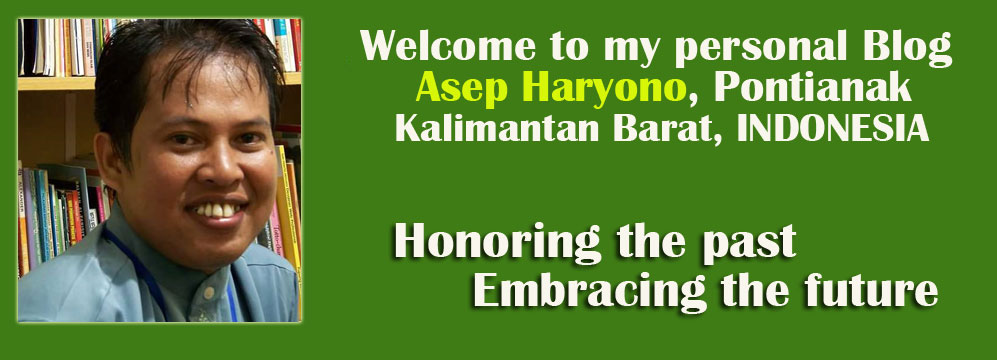IMLEK - Chinese New Year in "Amoy" City Singkawang
Introduction
From the history of ethnic distribution of Chinese descent in Indonesia is almost happen there in big cities and small cities in Indonesia, but the return of ethnic Chinese was very different in each city / region. We must confess that the cultural and ethnic knowledge China is older than our nation in general. Based from our current calendar from the age of China at this time was already started in 2557, is the year of our Lord 2006, the year Hijriah (Islamic year) and year 1427.H Java in 1939, we can see also from the knowledge of traditional Chinese medicine (Shinse), which is famous for.
However, in China's own country at that time many of the problems that dense until encouraging some of them wander explore with overlooks wander over the world including in Indonesia. In its progress, they continue to spread all corners and big cities across the country. In these areas they blend and mix each other as family with their population. In the place that they have a trade, farming, even there also be a laborer in the company of the company, or workers in the mine cut. As in Singapore there is a lot of them become traders, farmers and plantations.
In Palembang more as traders, even in the most of them brought by the Dutch came to power at that time / to be colonize Indonesia as Lead mining workers. Meanwhile, the female traders work as a diligent and struggling. Since they continue to live with and diffuse population. In addition to these areas, some of them again and try to settle into the population in these areas, and one is in Singkawang.
Arrival ethnic Chinese, in Singkawang to the trade, but over time the development is now among those who have worked as a Civil Servant or government officer, traders, farmers, fishermen, carpenters dlsb. They also have many mix couple in marriage with the native tribes. The religion of their posses the Islamic, Christian, Catholic, Hindu and Buddhist.
The City of Singkawang was still in Pontianak region including West Kalimantan. And this will include this small city that is quite busy and crowded. For the trip to the city of Singkawang took about three hours from Pontianak city by road. If you'd like to get there you must count as rare public, so must use a rent vehicle which the cost is high enough, an average of three hundred thousand rupiah per person. Singkawang , as in many cities of the age old Dutch government, such as Building, market, shops, including temple-pagoda peloosok scattered throughout the city is not wrong if people call the city of Singkawang as a city of Thousand pagoda.
Singkawang population is multi ethnic. From the descendants of China is famous for its beautiful and romantic Chinese woman called traditionally as "Amoy" whose face are beautiful, white, and with eyes slightly open. The beauty of Chinese woman now remind us of the ancient stories of daughters Palace Chinese kingdom. They were side by side in peace with each other. May therefore also called ase Amoy Singkawang in the town.
In geographically , Singkawang is located near the beach across the equatorial line so that it was not wonder if the air temperature is quite hot, and the houses there are always preparing water place or locally called as "gentong" made of large stones to hold rain water and used for day-to-day. As well as in other places, ethnic Chinese in Singkawang always make the event-how the tradition derived from the leluhurnya.
One tradition that is celebrated every year, new year celebration tradition called as "Imlek" which being celebrated the start the first day of the year until Imlek day to fifteen (1 s / d 15) end with Cap Go Meh (day-to fifteen). On the first day of the entire population of visiting family as good friendship that is Hindu, Buddha, Christian, Protestant and Islamic faith by saying " FA GONG CI cay" and cultural traditions giving small money to others called "Ang Pao" tradition. This custom is intended to give reward in the form of money for the families who are able and care. Event that this is a groove and be expected by children.





0 comments:
Post a Comment